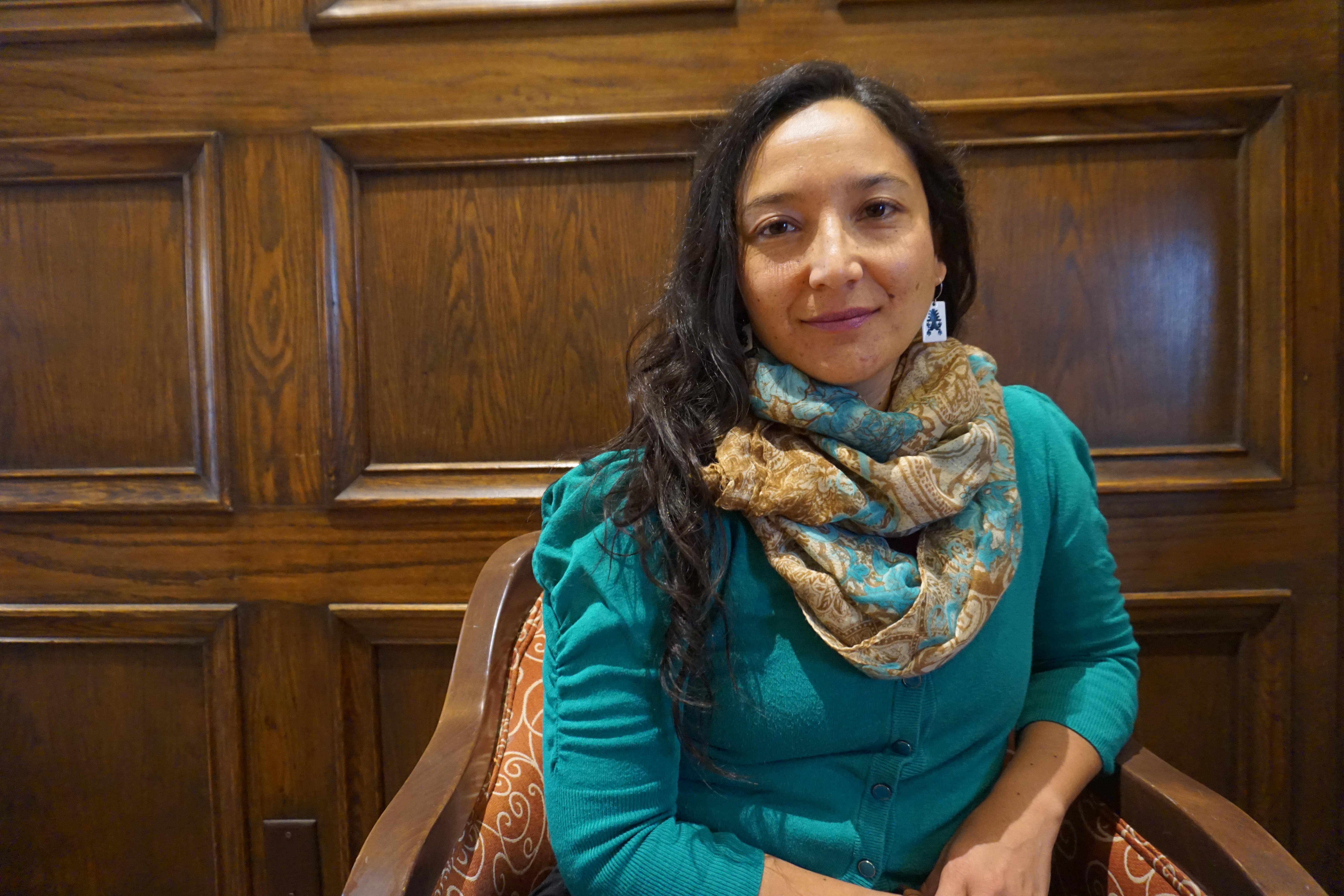For Chilean primary children, English is a language from lands far, far away. In this blog post, I will explore the benefits of storytelling to enable children to interact in English through meaningful learning experiences. I will also share some practical examples of ways to integrate storytelling in primary English lessons. My goals are to increase children’s self-confidence and participation as well as to help teachers listen to and include children’s voices in lessons.
Storytelling in primary English language teaching
Stories and storytelling are a natural part of the communicative development of children in their mother tongues. Furthermore, stories “…organise and transmit human knowledge, and are crucial for developing personal and social identities in building community…” according to Ahlquist and Lugossy (2015, p. 26).
In the primary English classroom, storytelling:
- provides child-friendly contexts and meaning construction supported by images and gestures
- helps to develop children’s listening sub skills and multi-literacies
- motivates children by appealing to their imaginations and curiosity
- appeals to children’s previous knowledge of and familiarity with story
(Brewster et al. 2002; Pinter 2017).
A Chilean Primary Story
The Chilean primary teaching and learning context in state schools is similar to others around the world. In our classrooms, we often have 45 learners with mixed abilities and a variety of special educational needs, all of whom have limited exposure and contact with English. Teachers have demanding timetables with little time for planning, and in some cases, scarce resources.
At the start of my teaching career while working at a public school in Chile, I encountered numerous challenges. Working with a particular group of 6 and 7 year olds was especially challenging, and I remember struggling to find tasks which engaged the children and motivated them to learn. The fact that our lessons were timetabled during the last period on Fridays also did little to help. I have always loved storytelling and had experience as a storyteller before working at the school, so I decided to use this as an opportunity to put storytelling, and my skills, to the test.
First attempt: Using Fairy Tales
I started by using classic fairy tales such as The Three Little Pigs, Little Red Riding Hood, and Goldilocks. These stories were well known by my learners and include lots of repetitive language which enabled my students to predict some of the words and expressions. This experience also helped them to feel confident to participate and gave them a chance to use English. However, after some time, I realised that these fairy tales were not going far enough and what the children really needed were stories that related to their own lives, with meaningful contexts and characters.
Second attempt: Exploring Personal Stories
Stelma and Onat-Stelma (2010) encourage teachers of young learners to view children as active “stakeholders” and “effective contributors” to their own language learning process. This is a call to action for us to incorporate children’s lives into English lessons, which helps ensure that learning is meaningful. With this in mind, I started to adapt fairy tales so the children could feel closer to the characters’ experiences. By considering my learners’ views and experiences I got to know more about them. For example, while working on colours of the Chilean flag during a unit on national festivals, I had my learners draw and colour the flag where their parents / caregivers came from or where their relatives lived. I discovered that some families came from different parts of Latin America, and others came from countries such as Palestine. I also started to ask them about different ways to name the same fruit or classroom object different varieties of Spanish and the other languages they spoke including Arabic and Quechua.
This approach validated the children’s local languages, as well as provided opportunities for me to explore the different linguistic identities interacting in my classroom. In this way, my teaching of English became more focused on supporting children’s self-perceptions as users of multiple languages.
Third attempt: Incorporating Children’s Stories
To incorporate children’s identities in stories and storytelling, it is important to critically question the way we relate to and interact with our learners. Through classroom observations, I collected useful information to create stories which ensured everyone had a sense of belonging. One of these stories was ‘The Pencil and the Scissors’. This is a story about Pencil who is very proud because she had just finished her first drawing. She tried to share her joy with one of her friends, Scissors, but he was having a bad day and he tore the picture into pieces! The plot involves their friends each trying to cheer them both up. Finally, it is Ruler who sorts things out by calling for Glue to come and help.

This story reflected the children’s everyday school conflicts and reactions in an age-accessible manner and enabled them to show genuine empathy with the characters.

These questions helped me during the process and I hope they will help you too:
- Am I observing how my learners respond to classroom activities? What can I note about how they interact with each other?
- How do I react when my learners share their experiences and interests? Am I being an attentive listener?
- How do I engage my learners in the stories and relate their own personal responses to the plot and characters?
- Which stories can be adapted to make them relatable to my learners’ lives? How can I adapt these stories in a personalised way?
- How can I create stories which take into consideration my learners’ everyday realities?
In summary
By using storytelling in primary English language teaching, we can create meaningful learning experiences and help enable learners to construct their identities as L2 users. To do this successfully, we require a deep understanding of our learners’ interests, backgrounds, experiences and needs. For me, the key role of a primary English teacher is to ensure our learners’ language learning experiences are stories of enjoyment, stories of care, stories of confidence and stories of inclusion.
References
Ahlquist, S. & Lugossy, R. (2015). Stories and storyline. Hong Kong: Candlin and Mynard
Brewster, J., Ellis, G. & Girard, D. (2002). The Primary English Teacher’s Guide New Edition, London: Pearson Education Limited.
Pinter, A., 2017. Teaching Young Language Learners 2nd Edition, Oxford: Oxford University Press.
Stelma, J. & Onat-Stelma, Z., 2010. Foreign language teachers organising learning during their first year of teaching young learners. Language Learning Journal, 38(2), pp.193–207

